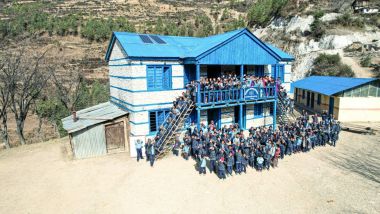25 YEARS BACK TO LIFE
For 25 years, Back to Life e.V. has been helping the poorest of the poor to help themselves – first in India, and for many years in Nepal.
Under the guiding principle of “helping people to help themselves”, we work where people’s need is greatest and life is hardest. In Nepal, these are mainly the remote, rural mountain regions of western Nepal, often at altitudes above 3,000 metres. Here, Back to Life was one of the first organisations to take action in 2009.

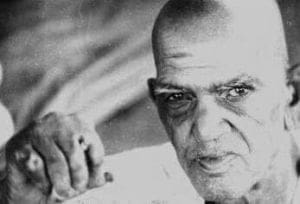

1990
An encounter that changes everything
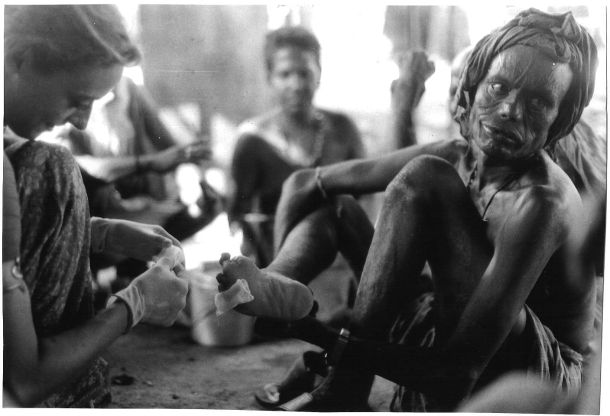
Back to life’s origin is in this special encounter over 25 years ago: Stella comes across Musafir, a leper, in Varanasi, India, in the early 1990s. She was so moved by his fate and that of the other “untouchables” that she gave up her photography studies in Rome and set up a makeshift street clinic for local leprosy relief – with only 100 dollars starting capital. After two years of leprosy therapy, the first leprosy patients are considered cured, among them Musafir. Now, at the latest, it is clear: Stella has come to stay. The medical and social aid projects expand, the vision: to help leprosy patients “back to life”. Friends and family from Germany found the non-profit association Back to Life e.V. in 1997.
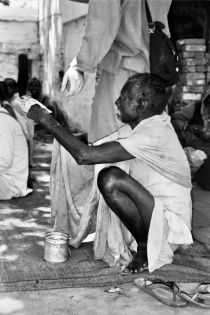

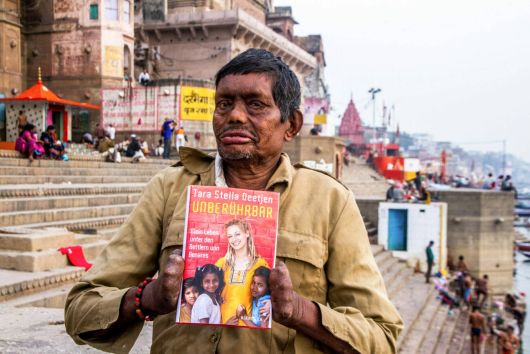
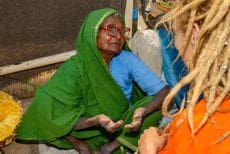


2006
Women’s World Award

In 2006, Stella received the Women’s World Award of Hope for her commitment in the fight against leprosy. The award is presented at the ceremony in New York City by Mikhail Gorbachev, who was one of the founders of the award.

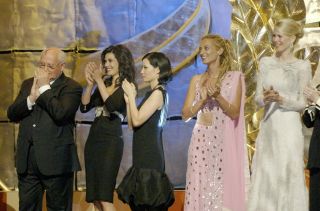

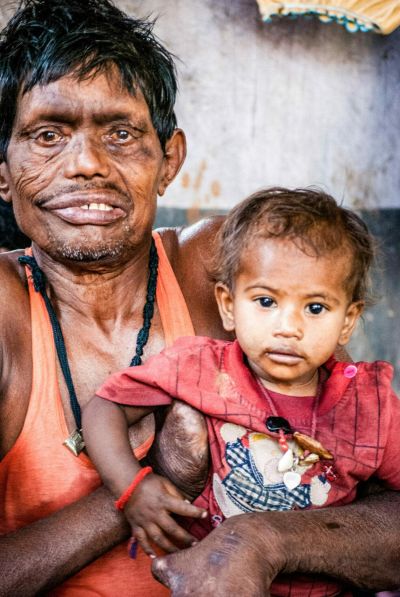

2003, 2015, 2017
The First Years:
Opening up New Prospects
Opening up New Prospects
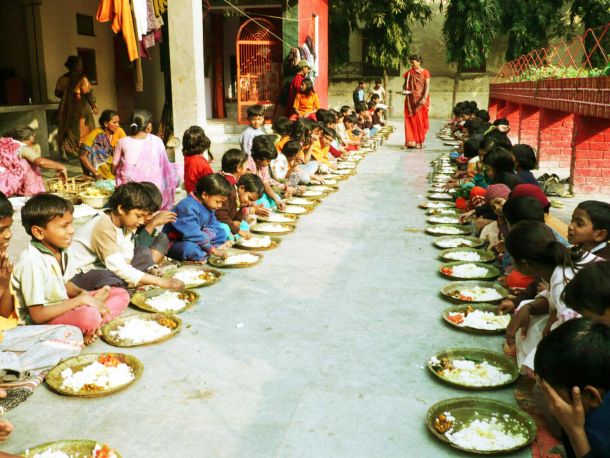
It is also soon obvious that, in addition to medical aid, real prospects for the future are important for the people. The children of the leprosy patients lack education. Moreover, almost all of them live on the streets. In 2003, Back to Life opens the first children’s home for 40 children of leprosy affected people. Later, two more homes are added. The leprosy patients finish their therapy and a third of them succeed in resettling in their villages or in leprosy colonies through income generation. Others remain on the streets with the beggar community. Various projects follow, including a large programme on women’s and children’s rights, reaching over 150,000 people over a 5-year period. In 2015, even some of the children’s home protégés go to university, others choose technical or handicraft vocational training. We are ending our projects in India in 2017 in order to concentrate fully on Nepal. The need and poverty in our project areas are even greater there and the earthquake in 2015 exacerbated the situation for people throughout the country.
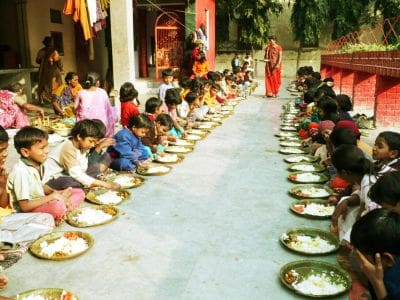
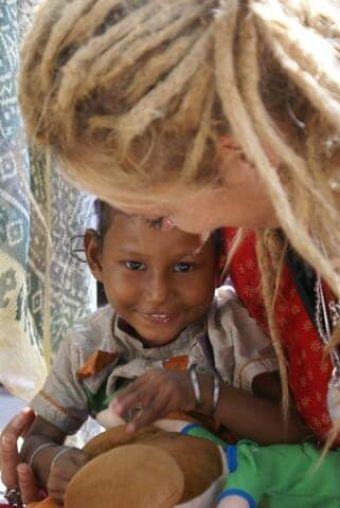
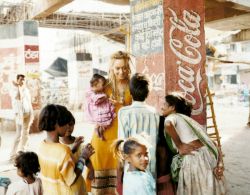

2008, 2009
Expansion of Projects to Nepal: The Mountain is Calling

In 2008, Stella decided to expand the activities to Nepal. The small Himalayan country is rarely reported in the media, even though it is one of the poorest in the world. The Back to Life team travels to Mugu in the province of Karnali for the first time in 2009. Mugu is located in the high mountains on the border to Tibet and is still cut off from the rest of the country at that time. Many villages can still only be reached on foot, the outlying areas via adventurous mountain roads. At that time, medieval conditions prevailed. There is no electricity, no running water and no medical care, no sanitary facilities. We decide to offer “help for self-help” to the people in places where no help would otherwise arrive and start supporting them with income generation, solar panels on the roof and smokeless stoves.
We bring doctors to the remote areas for health camps and build sanitation facilities. Stella has a clear vision: one day, everyone in these villages should live a happy life and children should be able to grow up healthy and safe. In Nepal, the international NGO Back to Life is registered, with Dikendra Dhakal as Programme Director and Achyut Paudel as Finance Director. The team on the ground consists exclusively of local people.
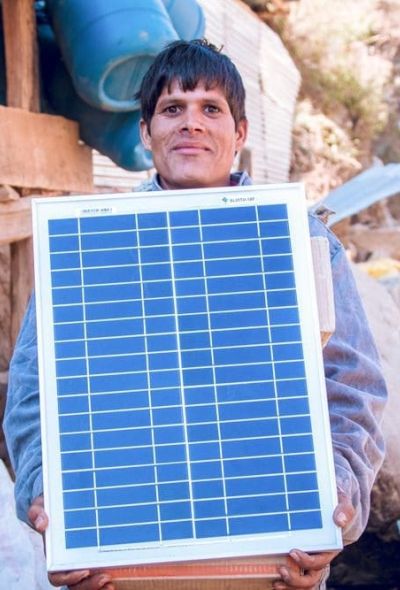
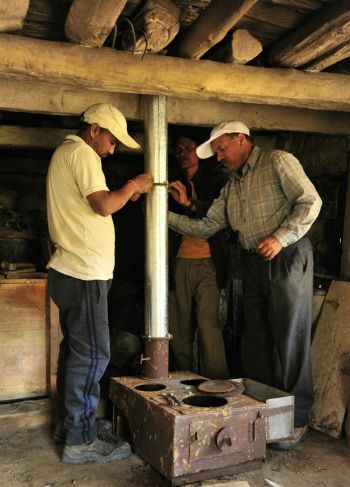

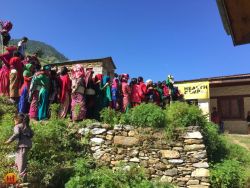
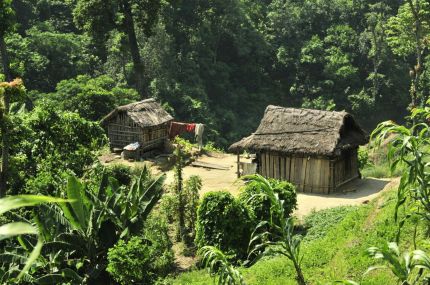
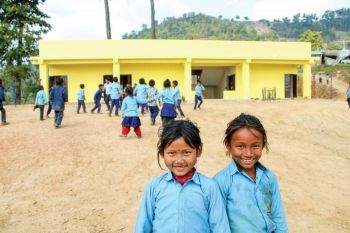
2010
Forgotten – Indigenous Peoples in the Lowlands

In 2010, Back to Life also draws attention to indigenous peoples in southern Nepal who, as a minority in the population, are impoverished and marginalised. The Chepang in particular, as original nomadic people and forest dwellers, have hardly any access to education and progress. Thus, we are starting further projects in the Chitwan district in the Terai.
We are setting up a sponsorship programme for the children in both project areas to ensure their school attendance. We improve the school infrastructure with new and fully equipped buildings and train teachers. The adults learn how to improve their farming and start small businesses. In 2014, Back to Life realised the first water project in Chitwan, followed shortly afterwards by another in the earthquake zone. Over the years, securing drinking water, especially in the high mountains of Mugu, becomes another focus of Back to Life.
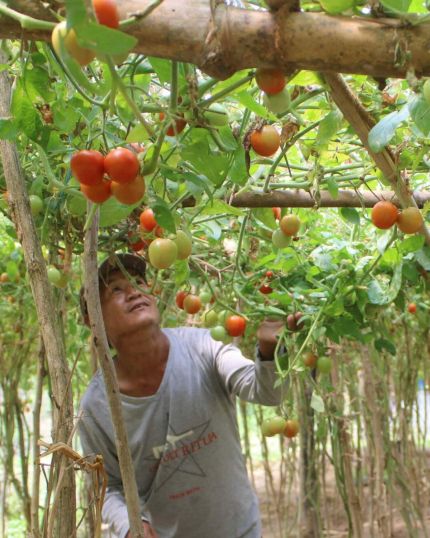


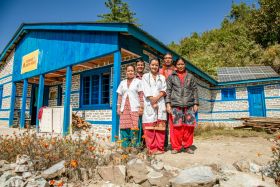
2010, 2012
No More Births in the Cowshed

Back in Mugu. After one year of project activities, people in the high mountains already feel a clear improvement in their living situation in 2010. Solar cells on the roof bring light into their dark stone houses and the stoves we distribute banish the harmful smoke. They have noticeably gained new hope. Then something incredible happens. In conversation with Sushila, a mother of four children from the village of Loharbada, Stella learns that the strict interpretation of the “Chhaupadi” tradition is still practised in Mugu. Fearing the wrath of the spirits, women are forced to leave the house during menstruation and childbirth. They have to give birth to their children in the cow shed. Sushila, who tells Stella everything openly, even takes her into the stable. Between cow dung and blowflies in half darkness, the two women talk about the heavy burden of mothers in the Himalayas. Stella decides at that moment that Back to Life must do something. Thereupon the idea of birth houses is born, which fortunately is also supported by the village community and the shamans, the guardians of Chhaupadi. The construction of the first birth center is completed in 2012. “The inauguration and then especially the first safe, successful birth in Loharbada was one of the happiest moments in my life,” Stella says. Today, there are already 15 Back to Life birth centres in the high mountains, where over 2,500 babies have been born.
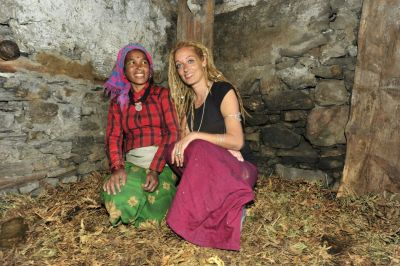
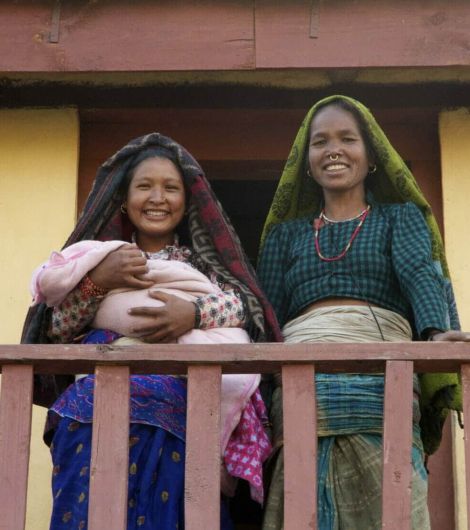
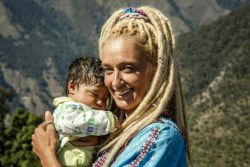
2015
A Natural Disaster that Unites
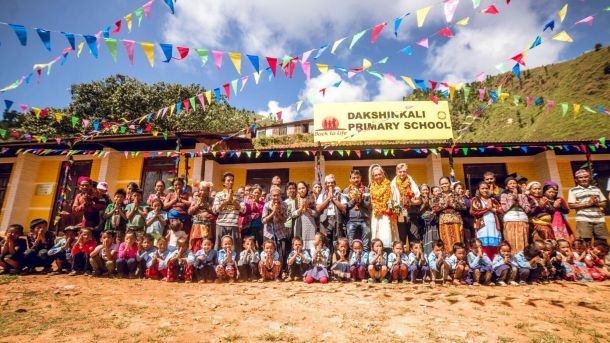
Two major earthquakes, on 25 April and 12 May 2015, claim the lives of 8,700 people and injure 25,000. Far more families, however, lose their homes and countless public buildings and schools collapse. The Back to Life team in Nepal demonstrates a strong commitment and provides disaster relief in one of the hardest hit regions, Nuwakot district, where we have no previously established projects. We distribute survival kits, help with medical care through health camps and contribute to income generation through seed distribution. 30,000 classrooms have been destroyed by the quakes. 1 million children no longer have access to school. Therefore, Back to Life focuses on the reconstruction of 10 school buildings. The strength of the Nepalese in rebuilding with little resources is impressive, as is the performance of our team.
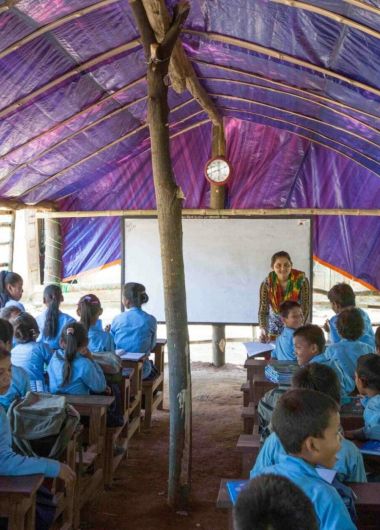
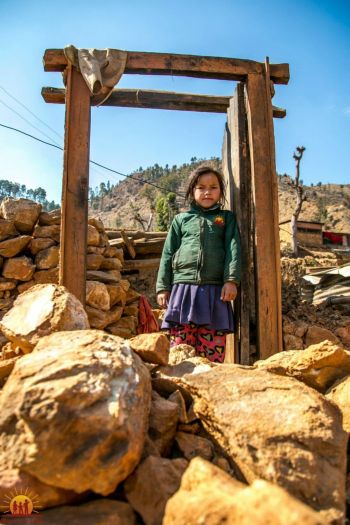
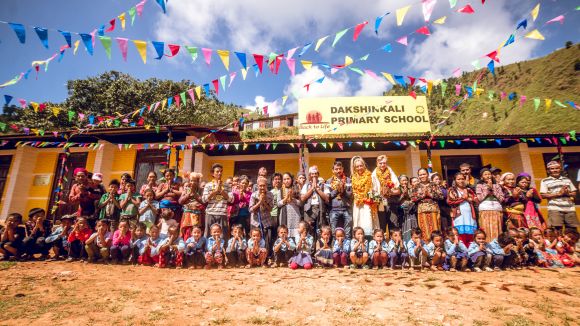
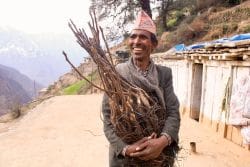
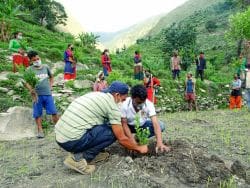

2019
Awarded – Commitment to the Environment
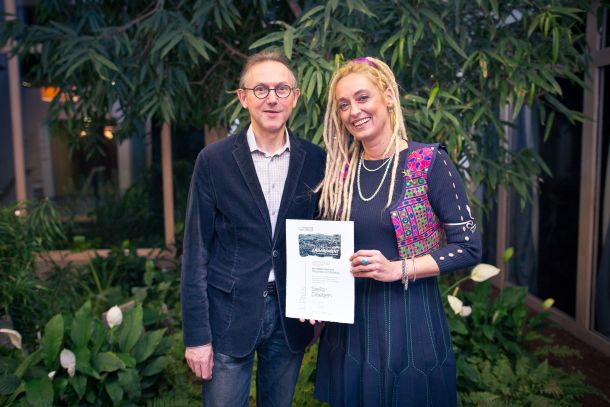
When Stella became the first German woman to receive the “Grand Prix International Trophée de femmes” in 2019 from the environmental foundation Fondation Yves Rocher, we only really became aware of how significant Back to Life’s commitment in this area has become. Just like our organisation, our environmental projects have “grown naturally”, because people and nature belong together. Our environmental commitment is closely interwoven with that of health, education and income generation. Smoke-free, energy-efficient stoves use 50% less wood, save deforestation, but also ensure a healthy home and reduce illness. Solar light enables children to study for school in the evenings and adults to run a shop that is open after dark, for example. In our schools, we make environmental protection and recycling a topic, plant school gardens with the children and carry out waste collection campaigns. Our training in agriculture is based on ecological methods. Everything goes hand in hand.

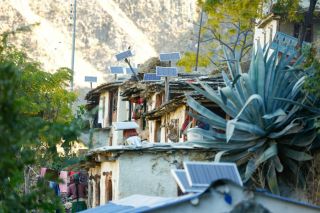
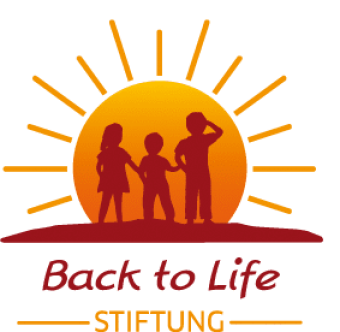
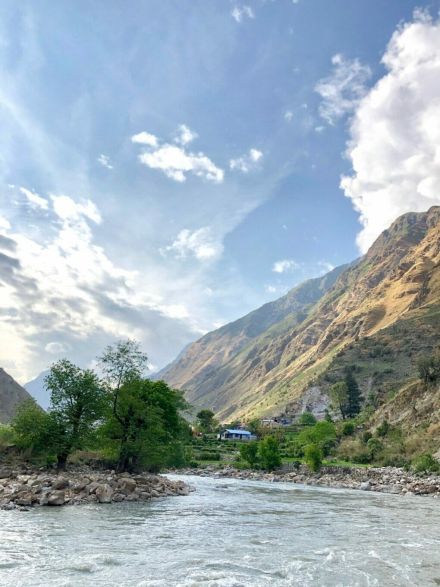
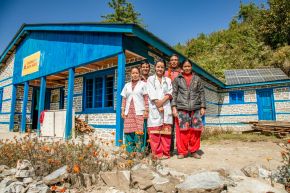
2022
A Glimpse into the Future:
Back to Life Foundation
Back to Life Foundation
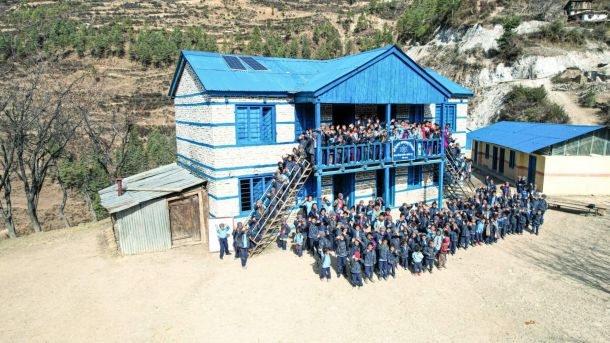
Every birth centre is like a lighthouse with immense radiance. The same goes for every girl who graduates from high school in Nepal, she is a shining example for many others. Our successes are the soil on which we can continue to grow. It is of great concern to us that everything Back to Life has built will last. The school buildings, birth houses or water systems should always remain child-friendly, safe and functional. The more we build, the more we have to maintain. That is why Stella 2020 has created the Back to Life Foundation. Here you can help to secure these important projects for the future by making targeted donations to maintain them. Please get in touch with us.
